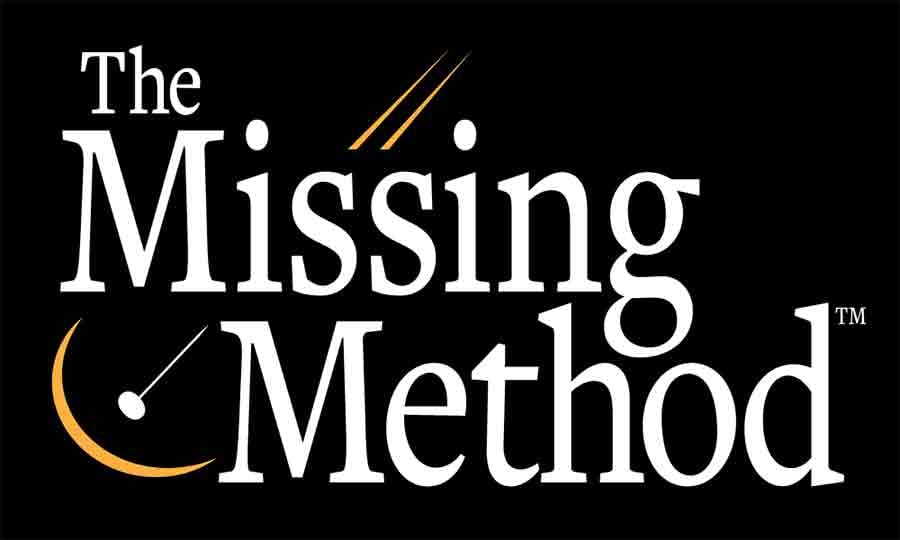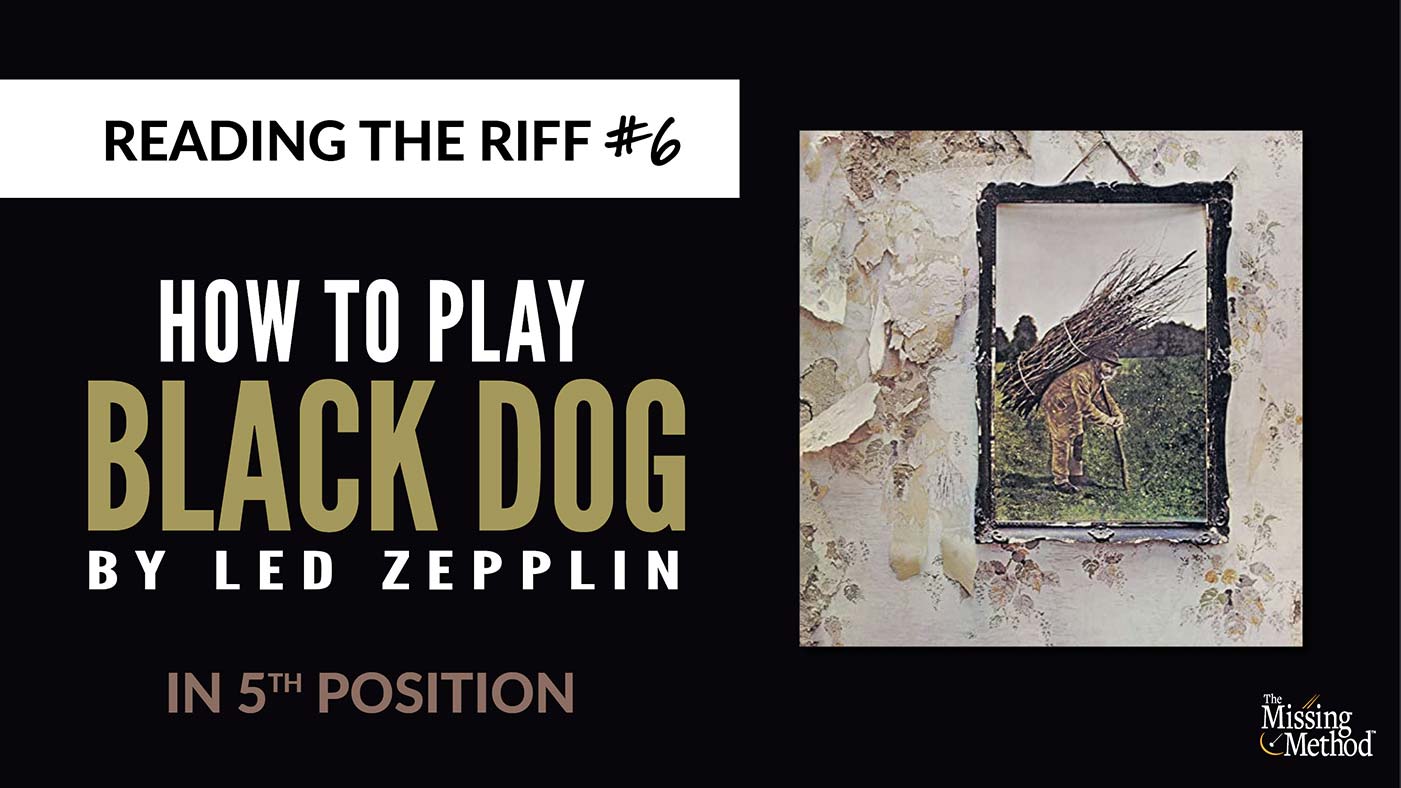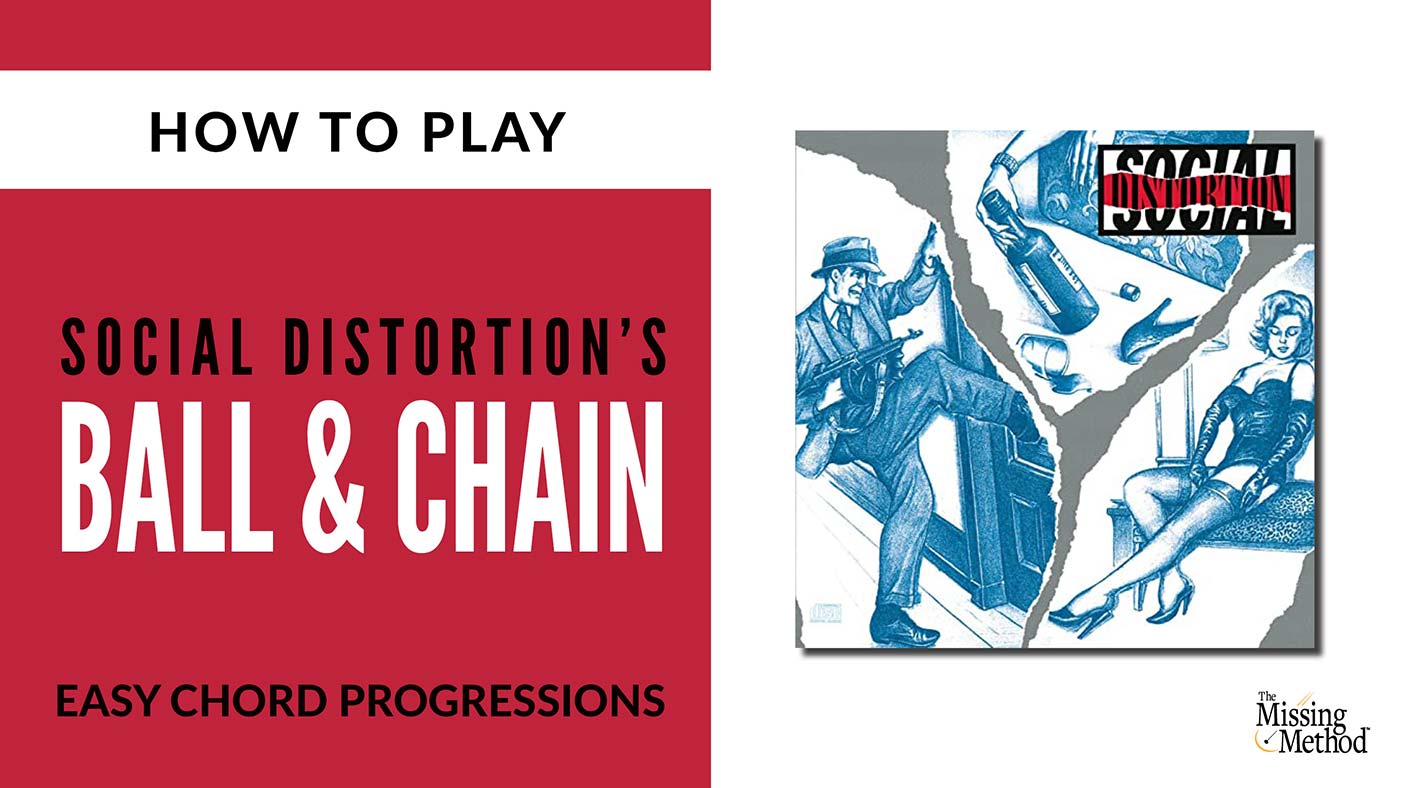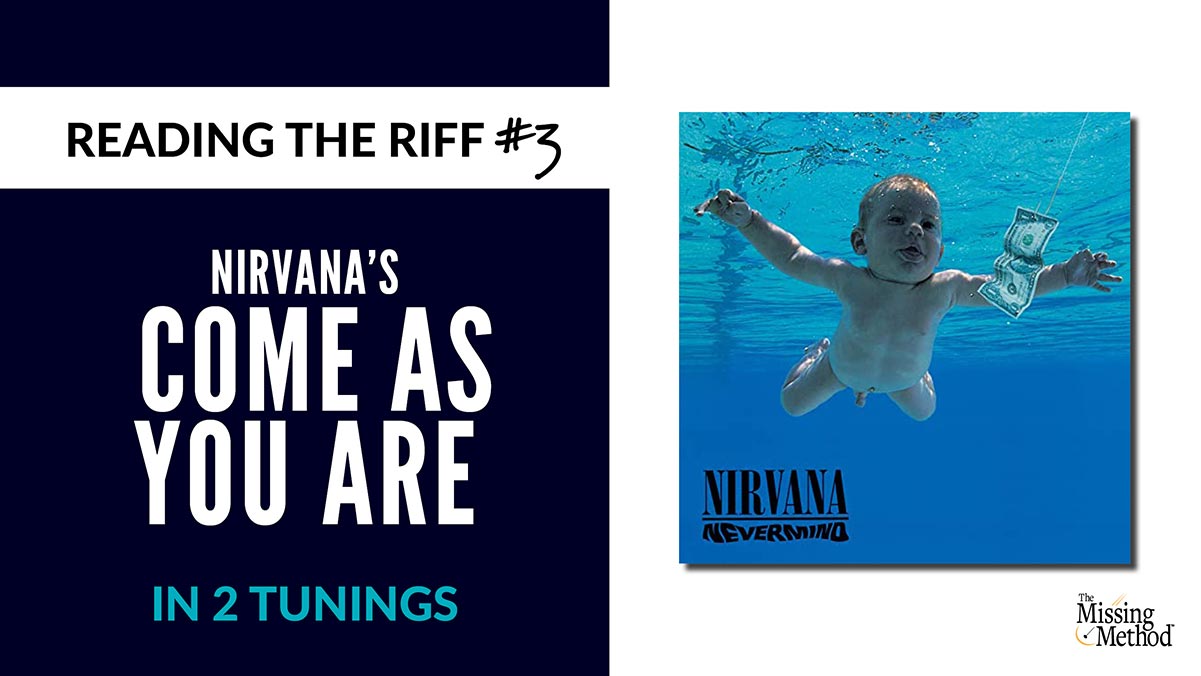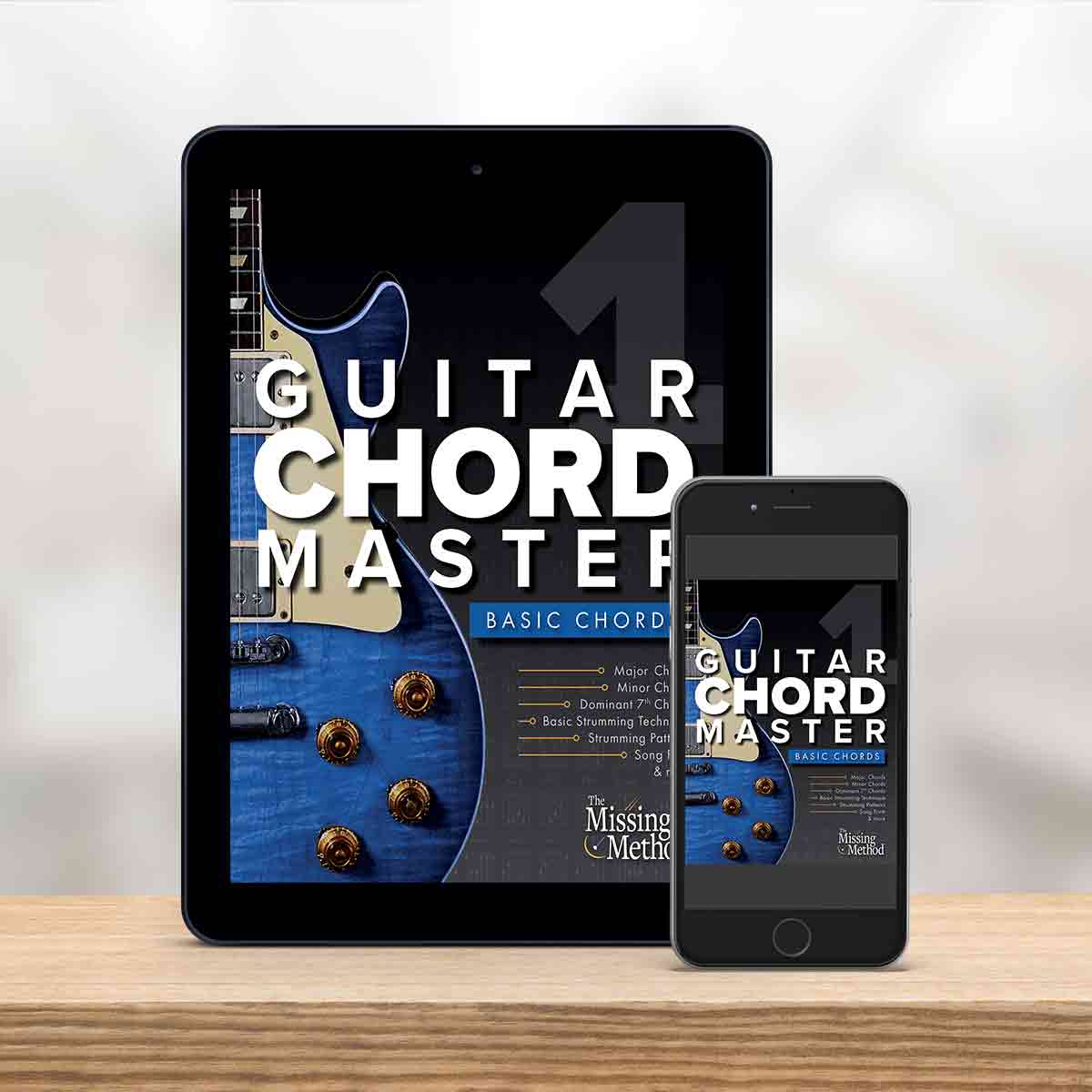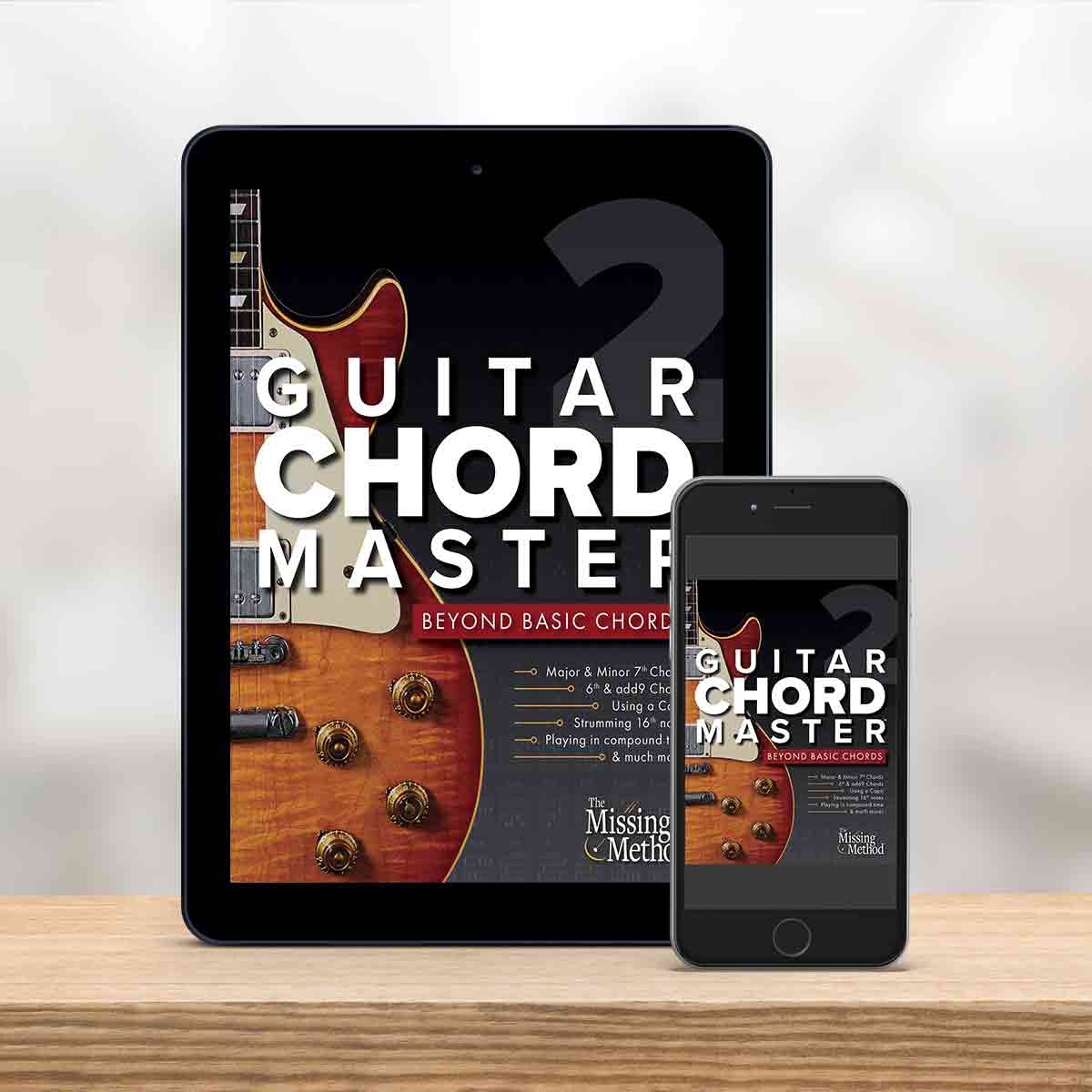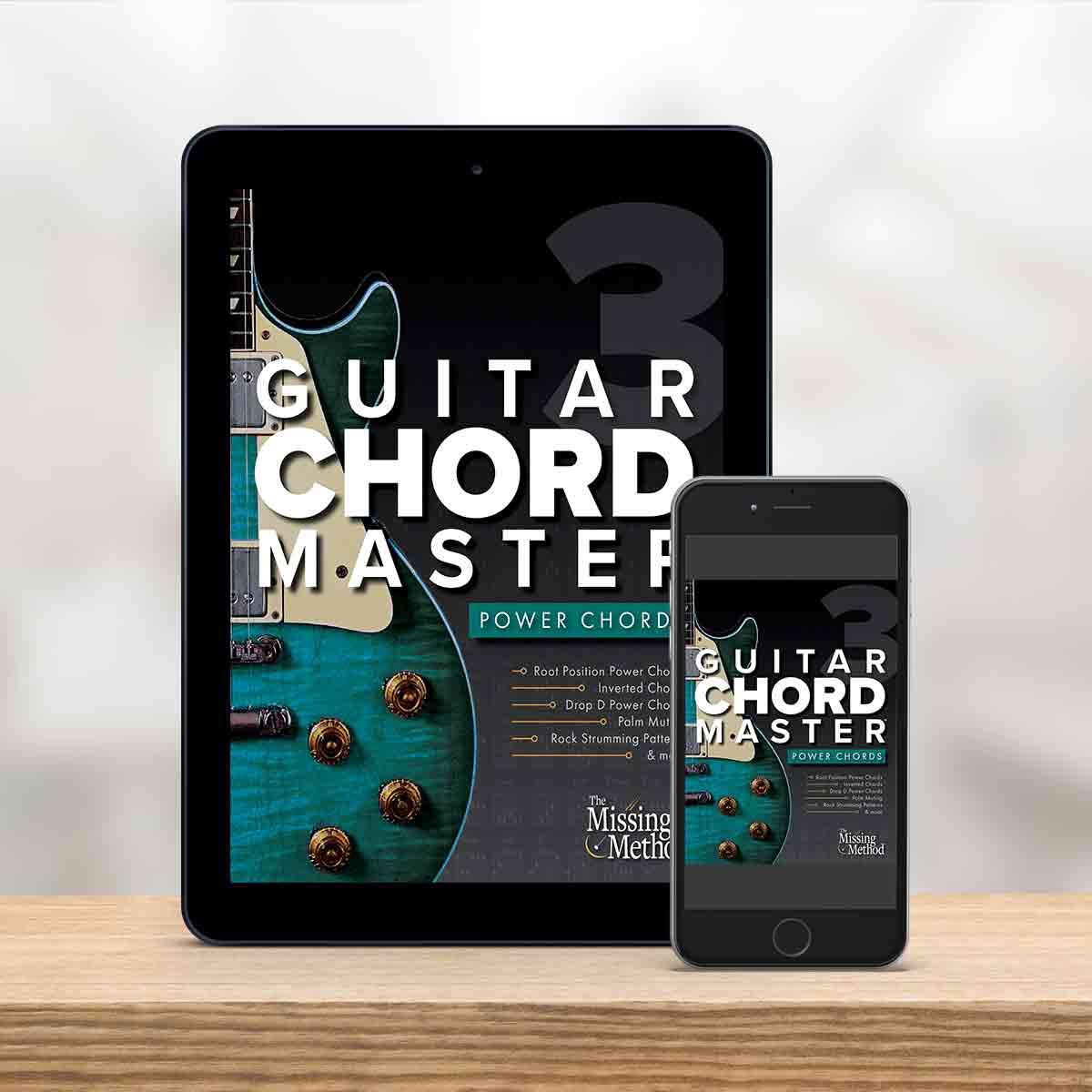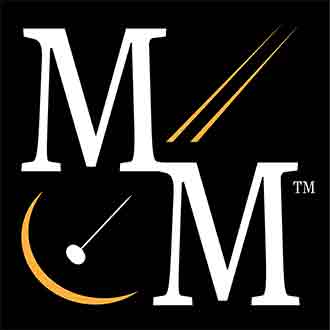Want to practice strumming with a real song, but don’t think you know enough about guitar yet? Then this lesson is for you. Practice the basics while you learn to strum Soul Asylum’s hit song, “Runaway Train”. All the chords and instructions are provided in the video and downloadable pdf.
For the free handout (instructions & sheet music), click here.

Be sure to also scroll down the page for great books to help you master chords, for more free lessons, and subscribe to our newsletter to be notified of new video and book releases and to receive the best discounts on all our products and services.
Video Transcript:
- In this lesson, which goes along with Guitar Chord Master 1 (Guitar Chords Made Easy Level One), we’re going to try out the verse and chorus sections of the song “Runaway Train” by Soul Asylum. One of the differences in this song is they play the G chord a bit differently than how it’s taught in Guitar Chord Master (Guitar Chords Made Easy), so in this case instead of having the G chord with just three fingers, we’re gonna use four fingers. We’re gonna have the pinky on the first string, the third finger will go on the second string, third fret, and that’s the new addition to the chord, and then the rest of it looks just like a regular g chord where you have your finger on the fifth string and the sixth string. So that’s the change that you’ll have in the G chord.
- [0:46] Another chord that comes up that isn’t covered in Guitar Chord Master (Guitar Chords Made Easy) is a chord called C/B. Now what that means is that you have basically a C chord, that’s the main chord, but now the lowest note of that chord has been changed from C to B. So to get that, you take your third finger off the note C. And what I do is I move my middle finger over to the note B, which is the second fret of string number five. And then I put my third finger where my second finger was at string number four, fret number two. So it almost looks like an a minor chord played wrong. And it sounds like this. [Music]. And hear it’s got a little bit of tension in there because of that B in the base. And of course in the context of the song it makes a lot of sense and sounds really good.
- [1:47] This song also gives you the opportunity to practice the F chord and in context, so you get a chance to work on that F chord if that one’s giving you some trouble. You’re also given a chance to practice strumming syncopated rhythms. In fact, I think most of the song has that syncopated strum pattern going throughout it so that’ll become almost second nature to you after you’re done learning this song.
- Let’s take a listen to it what the verse will sound like all by itself so here it is we’re starting on the C chord one two three four. [Music] Make sure you repeat the first eight bars to get the full verse.
- [2:58] Next we’re going to take a listen to the pre-chorus, which comes right before the chorus (of course, that’s the name), and this one starts on an F chord, so you want to make sure you got that down. Here’s what it sounds like: 1 2 3 4 [Music].
- [3:34] All right that’s the pre-chorus that sets you up, so that means the next thing we have is the chorus which is similar to the verse. In fact, there’s one major difference: instead of C/B, it’s replaced with an E minor chord. Besides that, everything else is basically the same. So here’s what the chorus sounds like on “Runaway Train.” One two three four [Music].
- [4:18] If you notice, I ended that song on an upstroke. And that’s really just because in the example that you have, that’s where it ends the actual song would end more than likely on a C major chord just to finish off the sound. So once you’re done playing that last part, I recommend is playing a C because it sounds like it resolves and finishes it off.
- [4:38] Now before I play through the entire example, you should know that the actual song “Runaway Train” has an introduction part. Actually it has several guitar parts on it. You’ll hear little nuance things here in there which actually does fill it out a lot, and it also has a bridge section that’s very similar to the verse but they’re not strummed quite the same at all. So if you want to play the whole song, those are some things you’d want to keep in mind. You want to listen to it a bunch of times and you can hear these chord changes in it very clearly.
- Alright, so here we go. Right from the beginning of the example we have and we have “Runaway Train” by Soul Asylum. So one two three four [Music].
- And there it is. So practice, it good luck with it, and I hope you enjoy playing.
We hope you've enjoyed this lesson. For more video lessons, click here, and don't forget to sign up for our monthly newsletter below for updates on new videos, publications, and resources to help you become a better guitar player by The Missing Method for Guitar.
